Product detailed description
Japanese chef's knife Kamagata Usuba Sakai Takayuki Honyaki Aonikou
Very sharp Japanese knife Kamagata Usuba, Sakai Takayuki Honyaki Aonikou series. The knife was manufactured in Sakai by Aoki Hamono Co.,Ltd., a company known worldwide for knife manufacturing. The blade of the knife is hand forged in the traditional way from a single piece of high quality carbon steel, processed by Honyaki technology and with a mirror finish. Usually steel marked as White Steel or Blue Steel is used. Honyaki is a water hardening process that produces a very hard blade that retains its sharpness for a long time. The finest honyaki (mizu-honyaki) are then tempered differently using a layer of clay over the back to achieve a soft back and hard edge, resulting in a beautiful hamon. It is the same method used for traditional katana making. They are extremely difficult to forge and therefore require a high level of skill and experience.
Honyaki knives generally cannot be mass produced and are expensive compared to other types of knives. They are designed primarily for professional chefs and are recognized as the highest quality Japanese kitchen knives.
Each knife is made using a variety of traditional techniques and passes through the hands of master craftsmen such as cutlers and sharpeners. In addition to the historical techniques, the passion and skill of the craftsmen is put into each piece, and each knife bears a high mark of quality and is unique.
Knife parameters:
| Total length: | 350mm |
| Blade length: | 198 mm |
| Handle length: | 138 mm |
| Weight: | 278g |
#ShowMore#
This knife has a Kamagata (literally "sickle") tip, or also called a "Sheepsfoot" blade profile. It originated in the Kansai (Akasaka) area of Japan and is often preferred over the square Usubo from the Kantō (Tokyo) area because the rounded tip is more versatile in use. This is very important for precise cutting or even decorative cutting techniques. The Kamagata-Usuba is ideal for slicing vegetables and fruits that are served raw because the thin and sharp blade produces a slicing surface with very little damage to the cells in the cut, minimizing discoloration and discoloration of the fruit or vegetable caused by oxidation of the cut surface. The versatile central part of the blade can be used not only for fine slicing of vegetables, but also for performing the specialised Katsuramuki ("Rotary peeling") technique.
The relatively high and long blade is also ideal for processing large ingredients such as cabbage, but is not recommended for cutting vegetables or fruit with hard skins or hard cores, as this hard surface could damage the blade. The high blade is also very useful if you use the knuckles of your free hand to guide the blade while slicing, which is a great technique if you want to slice vegetables at a certain uniform thickness.
Generally, the recommended sizes for home cooks are Kamagata,Usuba,Kamagata-Usuba 180 mm to 210 mm. For customers who prefer a knife with a double bevel blade, we recommend the similarly shaped Nakiri, which was also designed specifically for cutting vegetables.Japanese knives are part of the repertoire of many chefs. Even the simplest tasks are elevated to an extraordinary experience with this beautiful and functional knife. The handle is octagonal in shape and is made of ebony wood, which is extremely hard, buffalo horn is used for the bolster.
|
Do you need advice? We will be happy to help you with your selection or answer your product questions! Call our customer service line +420 702 049 048, which is available for you Mon - Fri, 7:30 - 16:00! |
Recommendations and maintenance
|
|
|
Notice Each knife is made of natural materials. Each piece of steel is original and inimitable, so your knife may not look exactly like the photo. The knife you receive will be of the same quality and detail, but may vary slightly. |
Sharpening a kitchen knife
We recommend the use of diamond and water grinding stones for the knife edge. If you are not 100% sure of your skills and abilities, please contact us. We will sharpen your knives individually according to your wishes. We also regularly organize knife sharpening courses. Alternatively, look for a professional grinder in your area. Damage that could result from unprofessional grinding is irreversible.
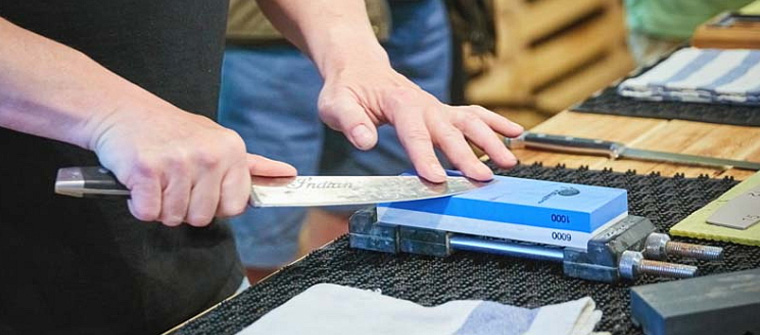
Cleaning a kitchen knife:
Particles attached to the blade surface from aggressive substances can begin to corrode and form rust-like stains on the blade surface. However, it's not the blade that rusts, it's the attached particles. For example, baking soda is commonly used for removal, which when soaked forms a "slurry" and an old cork.
Dellinger warranty
The products supplied by Dellinger come with a 100% satisfaction guarantee. We guarantee an excellent product that will give you the best service and is proven by many satisfied customers. Each piece can become a wise gift solution for a birthday, wedding or Christmas. Every product that Dellinger offers is carefully checked. We bring you a lifetime warranty against any hidden defects. If you have any questions - our team is fully at your disposal and will try to help you in any (even unpleasant) situation.Additional parameters
| Weight: | 0.05 kg |
|---|---|
| EAN: | 4582226370359 |
| čepel: | ocel 3 vrstvá |
| ? délka ostří: | 201-250 mm |
| typ rukojeti (střenky): | oktagonal (8mi hran) |
| typ nože: | Usuba |
| série: | Sakai Takayuki Honyaki Aonikou |
You will find the product in this category
Related products

Kitchen cutting and draining round acacia cutting board Dellinger. Ideal for slicing meat, fish, pastries, fruit and vegetables. Dimensions 380x30 mm.

Kitchen cutting and draining round acacia cutting board Dellinger. Ideal for slicing meat, fish, pastries, fruit and vegetables. Dimensions 380x30 mm.

Kitchen cutting and draining round acacia cutting board Dellinger. Ideal for slicing meat, fish, pastries, fruit and vegetables. Dimensions 380x30 mm.
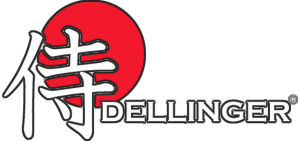





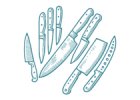
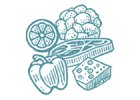


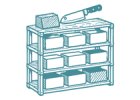

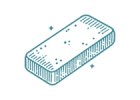
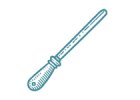


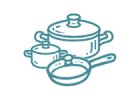

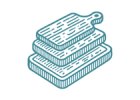









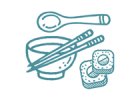

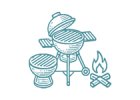







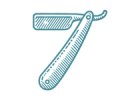
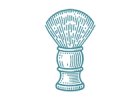



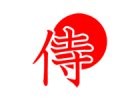
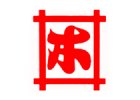

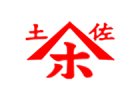


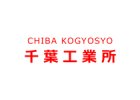




 Never wash the knife in the dishwasher. To maintain sharpness, hand wash and dry the knife immediately.
Never wash the knife in the dishwasher. To maintain sharpness, hand wash and dry the knife immediately.


